Monoethylene-glycol-MEG – Plastic-pollution 19-04-2022 - Arhive
Monoethylene-glycol-MEG – Plastic-pollution
-MEGlobal announces ACP for May 2022 MEG
MEGlobal today announced that its Asian Contract Price (ACP) for monoethylene glycol (MEG) will be US$910MT CFR Asian main ports for arrival April 2022. The April 2022 ACP reflects the short term supply/demand situation in the Asian market.
Monoethylene Glycol
MEGlobal’s monoethylene glycol (MEG) is a basic building block used for applications that require chemical intermediates for resins, solvent couplers, freezing point depression solvents and humectants and chemical intermediates, such as automotive antifreeze and coolants, resins, water-based adhesives, latex paints and asphalt emulsions, electrolytic capacitors, textile fibers, paper and leather.
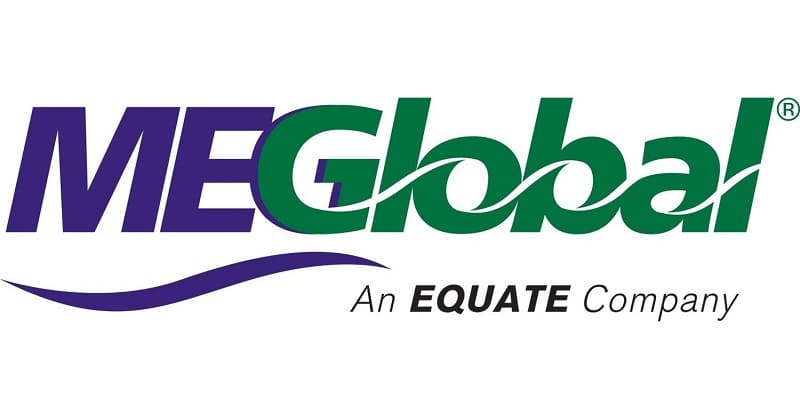
According to studies, only 9 per cent of plastic is recycled and 79 per cent is dumped into the ocean. Excessive use of plastics and lack of a proper waste plastic disposal system, causes huge garbage dumps, pollution in rivers and ocean and is a threat for the ecosystems, says DR Mukesh Kwatra Monoethylene-glycol-MEG – Plastic-pollution
Plastic is everywhere so much so that humans are now vulnerably reliant on it. Decades of plastic use has contaminated our air, water, and soil. Plastics can take hundreds of years to decompose depending on the material. For instance, plastic bottles require approximately 450 years to decompose in a landfill.
Excessive use of plastics and lack of a proper waste plastic disposal system, causes huge garbage dumps, pollution in rivers and ocean and is a threat for the ecosystems. According to studies, only 9 per cent of plastic is recycled and 79 per cent is dumped into the ocean. Monoethylene-glycol-MEG – Plastic-pollution
Innovative tech solutions can help contain this plastic pollution: to replace some plastics by natural substitutes; reduce the demand for new plastics; disposal of plastic-based goods; and collection and disposal of plastic waste.
Use of nanotechnology
Cardboard, paper etc can be used for packaging instead of plastics with the help of nanotechnology. For instance, coating cardboard with thin, water-resistant materials will prevent leaks or damage, is economical and can be recycled. Another medium through which nanotechnology can benefit us is by creating metals like aluminium and steel that are light in weight and can replace plastic.
Innovators are even looking beyond wood-pulp cardboard boxes to more ecological materials, including edamame beans, cocoa beans and waste hazelnuts.
Besides, nanotechnology is used for the production process of bioplastics, which is not limited to the composites, but also offers new techniques for blending polymers which results in polymers with better mechanical properties.
Natural substitutes to replace plastic
Finding natural substitutes to replace plastics is another way to curb plastic pollution. Genetic engineering, the process of using DNA technology to alter the genetic makeup of an organism, also helps in creating natural substitutes of plastics. Hemp, flax and jute are a few natural fibres that are being used as substitutes for plastics with the help of genetic engineering. The bonding of jute fibre cellulose and soy resin protein has been utilised to produce a sturdy bio-composite, called jute-soy, which is also biodegradable.
Biodegradable plastics
Another important step to reduce plastic pollution is by creating plastics that are biodegradable. They decompose either under natural conditions or by processes like chemical hydrolysis, heat, photodegradation, or composting. Renewable biomass like starch, cellulose, protein or fossil fuels are the sources for creating biodegradable plastics. Over the years, we have been using the process of mechanical recycling in which the plastic is melted, sorted and remoulded into lower grade products; however, this process is limited as the properties of the plastic keeps degrading after every recycle. To avoid this degradation of properties implementing the process of chemical recycling will help to break the plastic immediately at a molecular level, which ensures the plastics to be recycled into a material that is useful and can hold its properties, for example, burning polythene bags having material of polyolefins produces wax and useful fuels. Monoethylene-glycol-MEG – Plastic-pollution
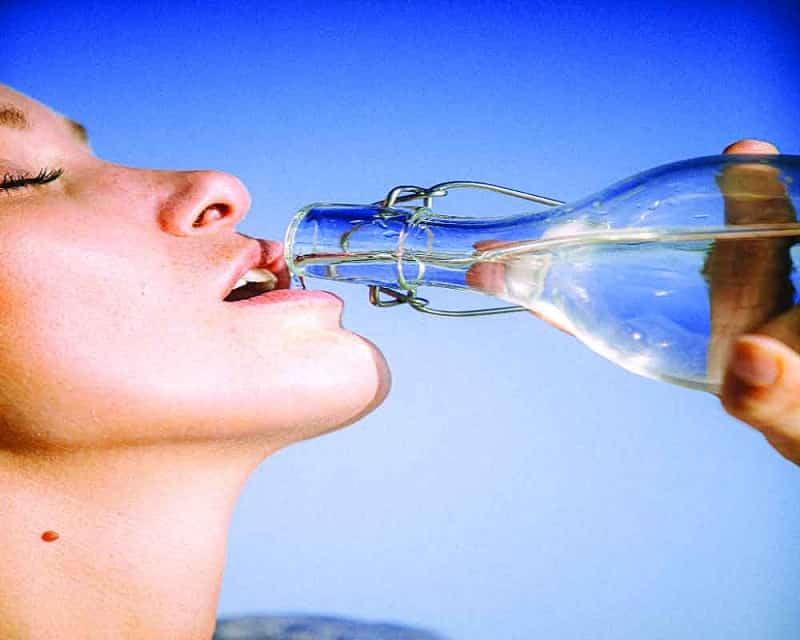
-Brazil is against BRICS payment system as requested by Russia
Russian government suggests measure to circumvent Western sanctions
The Brazilian government believes that the Swift network, the global service that allows international transactions, needs updating. The Executive says that the system is “too slow” and “costly”. It has been used to impose sanctions on Russia over the war in Ukraine, and prevents the country from receiving money from other nations.
To circumvent sanctions, the Russian government has asked the BRICS, a group of emerging economies that includes Brazil, to expand the use of national currencies and integrate payment systems. The economic team is against the way the proposal is presented. Monoethylene-glycol-MEG – Plastic-pollution
Erivaldo Gomes, Secretary of International Affairs at the Ministry of Economy, believes that it makes sense to discuss the implementation of a new payment platform. However, globally – not a specific solution for some countries. The reason: to avoid fragmentation of payment methods.
Within the economic team, the assessment is that an opportunity has opened up to discuss improvements to the Swift system. THE Power 360 found that a payment through the platform takes up to 3 days. In other words, it does not meet the demands of the current economy. Pix, used by most of the Brazilian population, already allows instant payment within the country, for example.
A Brics unified payments system, which includes Brazil, Russia, India, China and South Africa, has been studied for years. Monoethylene-glycol-MEG – Plastic-pollution
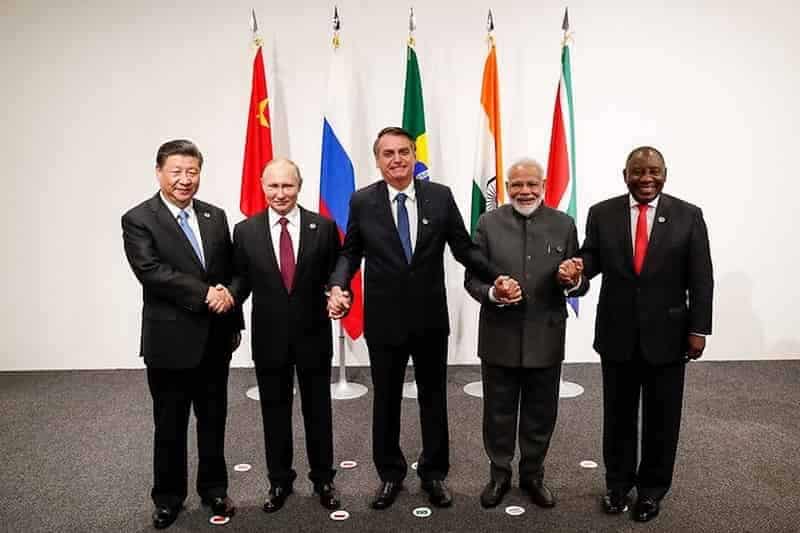
-CATL invests in $6 billion battery project to manufacture, recycle, and mine material in Indonesia
Fresh off news of its first expansion outside of China into Germany, CATL is expanding further as part of a new $6 billion dollar battery chain project in Indonesia. Through its subsidiary and an agreement with Indonesia PT AnekaTambang (ANTAM) and PT Industri Baterai Indonesia (IBI), CATL will have a majority stake in five of the six planned battery projects.
Contemporary Amperex Technology Co Ltd., aka CATL, is a global energy technology company and the leading EV battery manufacturer in China. In fact, its ever-growing presence has helped it retain its crown as the world’s largest battery manufacturer by installed capacity for a fifth-straight year Monoethylene-glycol-MEG – Plastic-pollution
More recently, CATL has taken increased efforts to integrate more sustainability into the battery manufacturing process, announcing a new $5 billion recycling facility as well as a zero-carbon plant in China.
At the same time, the battery powerhouse (literally) is working to expand its manufacturing processes outside of China for the first time. Earlier this month, the battery maker received production approval to manufacture at a plant being constructed in Thuringia, Germany.
Not to be outdone, CATL has shared additional expansion plans, this time a bit closer to home in Indonesia. Monoethylene-glycol-MEG – Plastic-pollution
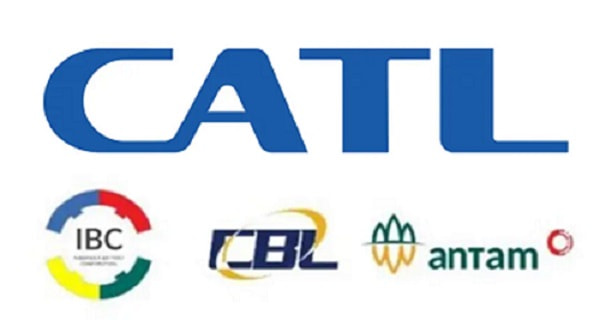
-China prepares its back, Chinese energy giant CNOOC sells all its assets in North America
prevention is better than cure! Beijing will reduce its dependence on the West, as is evident from the view of the CNOOC, the Chinese oil and gas giant, which will sell all its shares in Great Britain, Canada and the United States, reveals the Reuters agency. Threatened in return for sanctions for its support for Russia, itself subject to a Western sanctions since the military invasion of Ukraine, Beijing seeks to prevent some of its assets from being confiscated abroad.
China has not only refused to condemn the Russian operation, but intends to maintain good relations with Russia, whose hydrocarbons and other raw materials are of interest in it to ensure its supply. Monoethylene-glycol-MEG – Plastic-pollution
By purchasing Canadian manufacturer Nexon for $15.1 billion in 2012, CNOOC, which has a state enterprise status, became one of the world’s leading producers of hydrocarbons.
220,000 barrels of oil equivalent per day
Ex-Nexon assets – a name that disappeared in 2019 to be integrated into the CNOOC brand – include shale hydrocarbon exploration offshore, offshore fields in the North Sea, a stake in northeast British Columbia’s shale gas. At the Soderglen Wind Farm in Newfoundland and Labrador or southern Alberta, Canada. In the United States, CNOOC has assets in the onshore Eagle Ford and Rockies Shale basins, as well as interests in two large offshore fields, Appomattox and Stampede, in the Gulf of Mexico. Cumulative production is about 220,000 barrels of oil equivalent per day (boed) according to Reuters calculations. Outside of China, CNOOC is present in approximately twenty countries. Monoethylene-glycol-MEG – Plastic-pollution
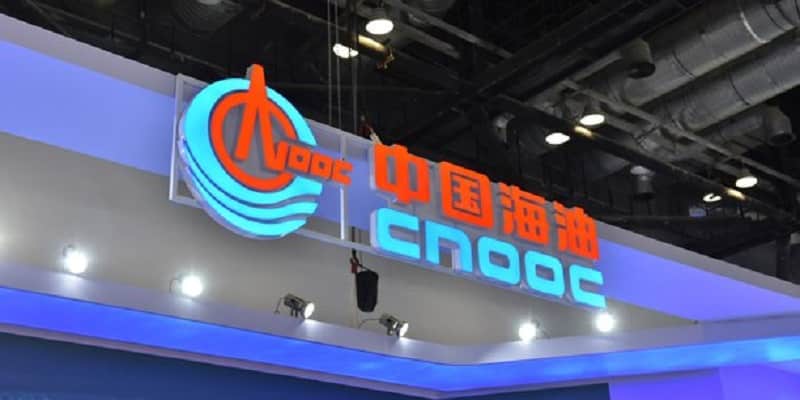
-China aims to recycle 25% of textile waste, hike recycled fibre output
China aims to recycle 25 per cent of its textile waste and produce 2 million tonnes of recycled fibre by 2025 as part of its push to peak its carbon emissions by 2030 and become carbon-neutral by 2060, according to a document jointly released by the National Development and Reform Commission (NDRC), the ministry of industry and information technology and the ministry of commerce.
It hopes to greatly increase its recycling capability and have a waste textile recycling system ‘initially established’ by 2025, the document says.
According to the document, titled ‘Implementation Opinions on Accelerating the Recycling of Waste Textiles’, the government hopes to have in place by 2030 a relatively complete system achieving a recycling rate of 30 per cent for waste textiles and producing 3 million tonnes of recycled fibre. Monoethylene-glycol-MEG – Plastic-pollution
“With the continuous improvement in people’s living standards, more and more used clothing [is being put to waste], and the problem of recycling textile waste has become increasingly prominent,” Zhao Kai, vice chairman of the China Association of Circular Economy, said in a statement on the NDRC website.
In 2020, China produced around 22 million tonnes of textile waste, and had a recycling rate of around 20 per cent, according to the NDRC. Around 1.5 million tonnes of recycled fibre was produced from textile waste that year.
Measures outlined in the document include promoting green and low-carbon production in the textile industry; improving China’s recycling network; and promoting the comprehensive use of textile waste. Monoethylene-glycol-MEG – Plastic-pollution
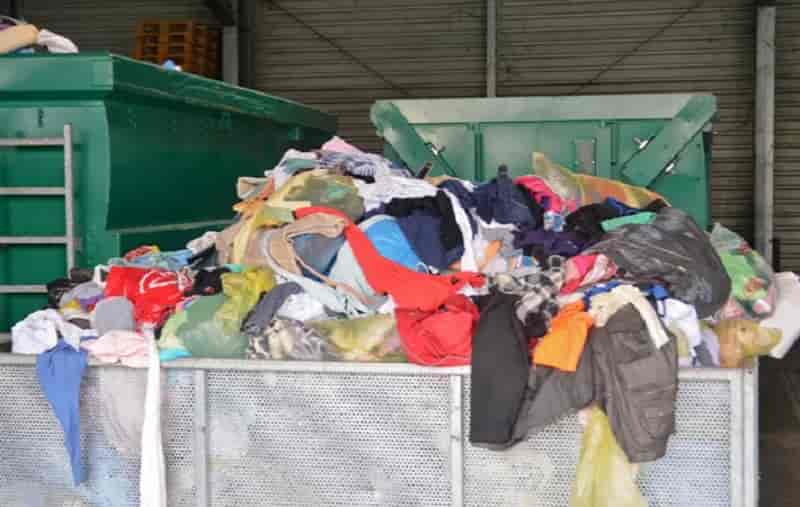
Monoethylene-glycol-MEG – Plastic-pollution
